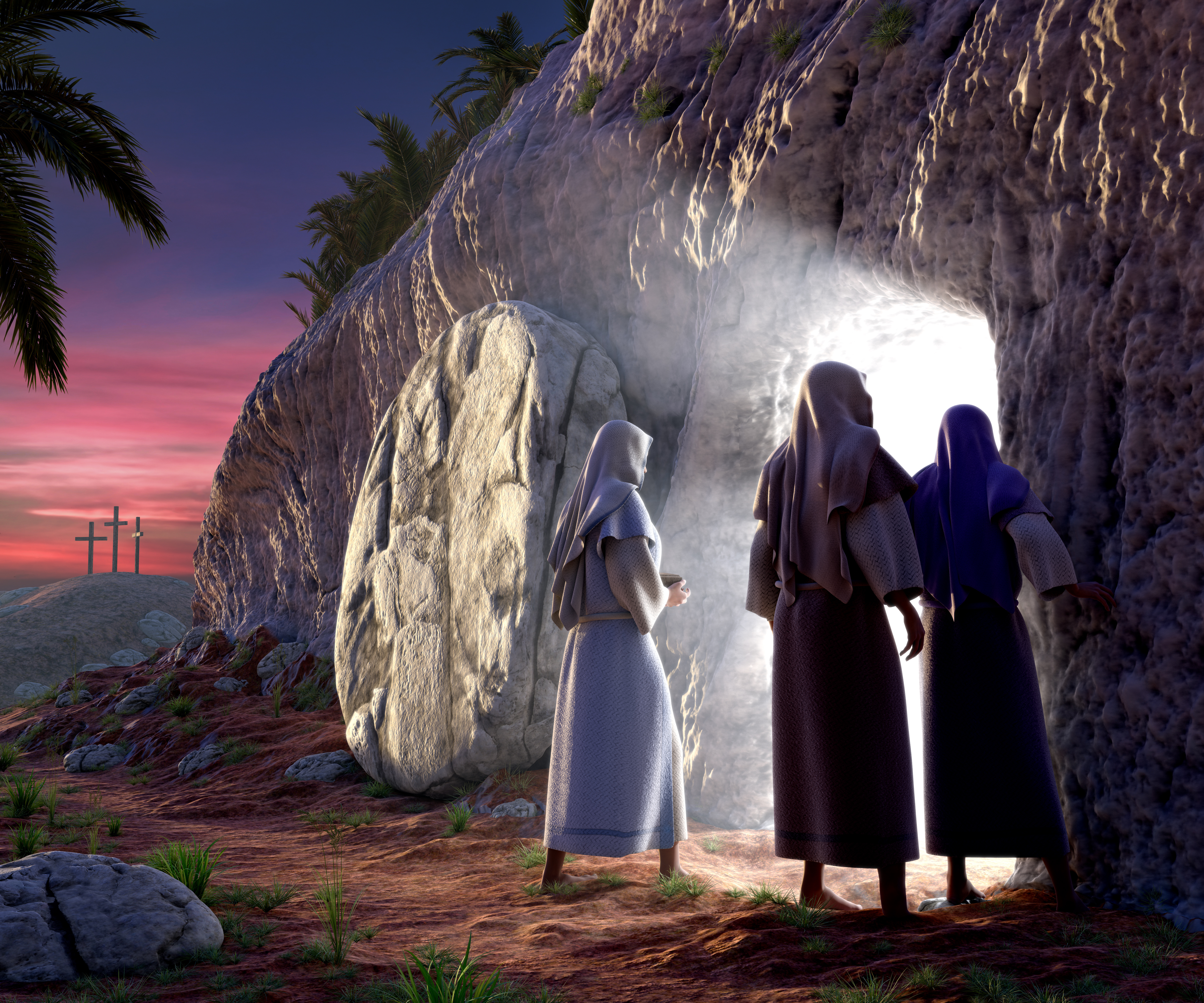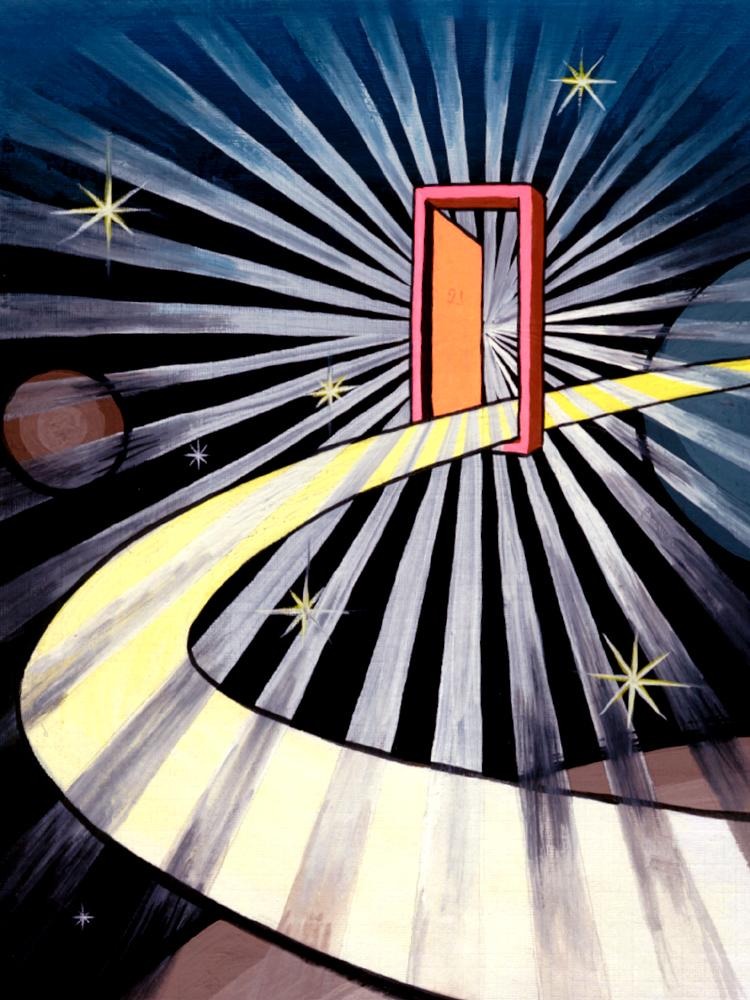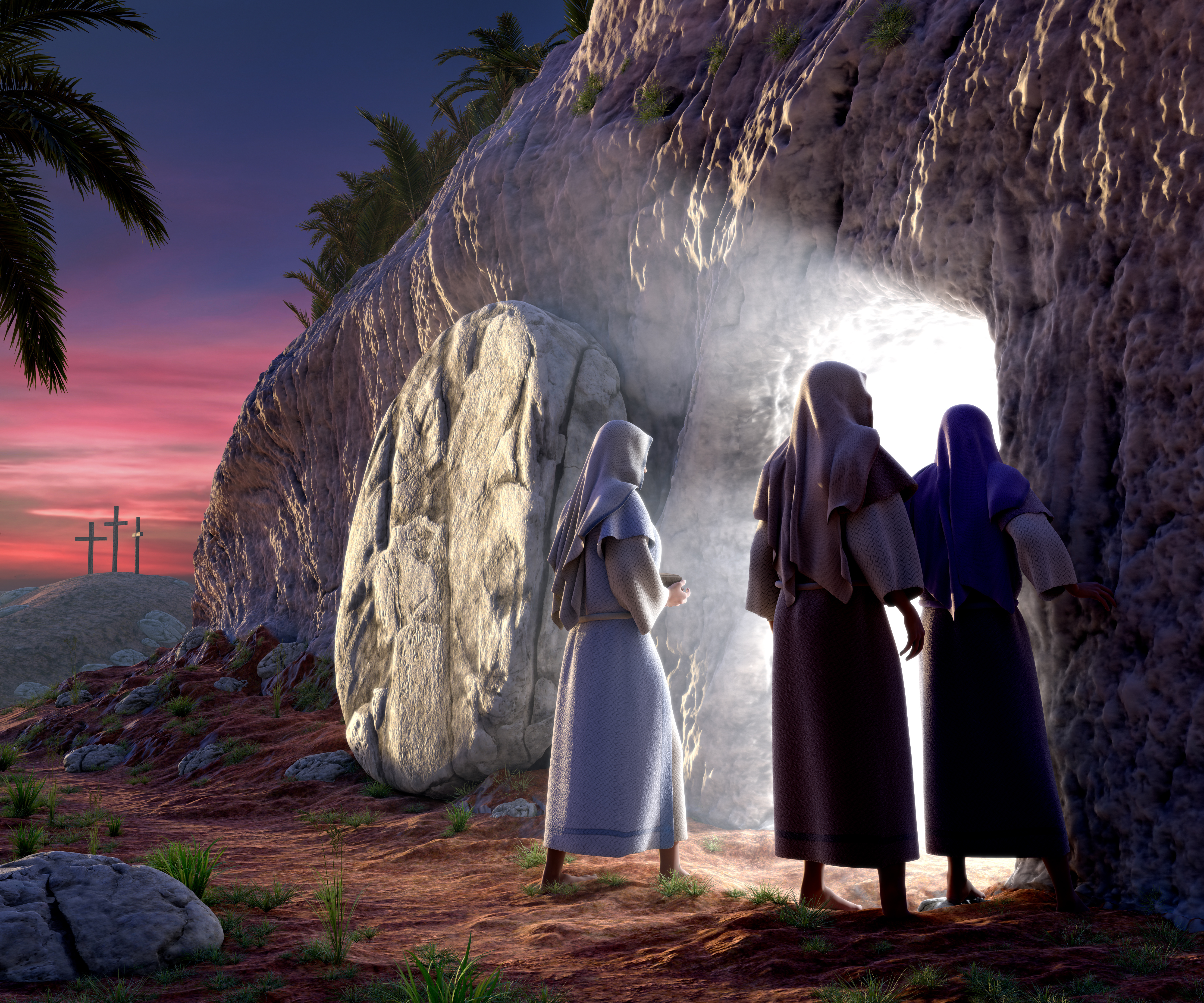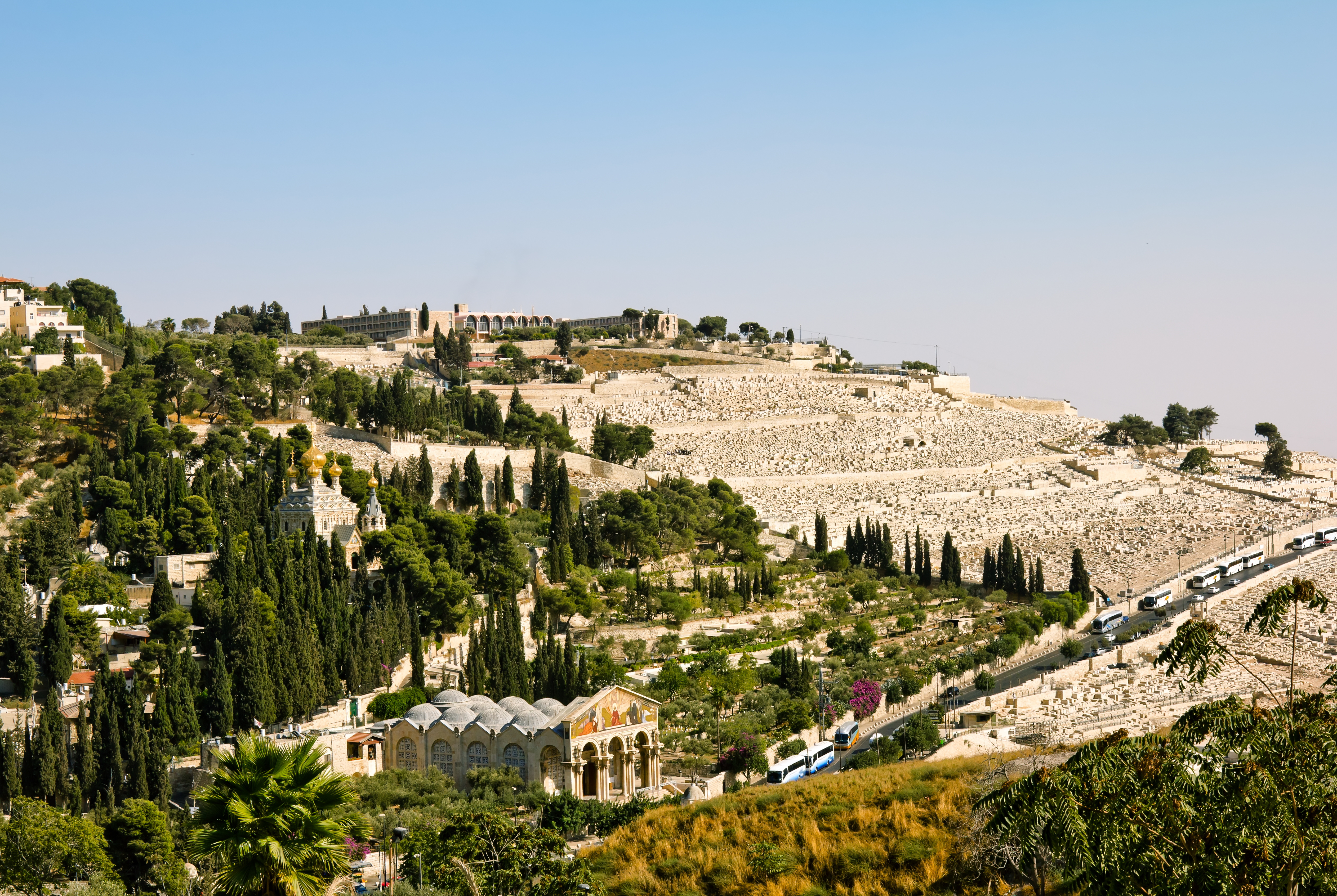
Matthew 28:1, First of the week.
Is this phrase only emphasizing that Yeshua’s resurrection was on the first day of the week, or is it also telling us something else? This verse reads:
“In the end [Greek: de] of the sabbath [Greek: sabbaton], as it began to dawn [Greek: epiphosko] toward the first day [a supplied word which is not in the Greek] of the week [Greek: sabbaton], came Mary Magdalene and the other Mary to see the sepulchre.” (KJV)
The other parallel passages in the Gospel accounts include:
And when the sabbath [Greek: sabbaton] was past [diaginomai], Mary Magdalene, and Mary the mother of James, and Salome, had bought sweet spices, that they might come and anoint him. (Mark 16:1, KJV)
Now upon the first [Greek: mia] day [a supplied word which is not in original Greek] of the week [Greek: sabbaton], very early in the morning [Greek: orthros] , they came unto the sepulcher, bringing the spices which they had prepared, and certain others with them. (Luke 24:1, KJV)
Now one of the week, while still very early, they came on the tomb … (Luke 24:1, J.P. Green Interlinear)
The first [Greek: mia] day [a supplied word which is not in original Greek] of the week [Greek: sabbaton] cometh Mary Magdalene early, when it was yet dark, unto the sepulcher, and seeth the stone taken away from the sepulcher. (John 20:1, KJV)
According to Vine’s Expository Dictionary of New Testament Words, the Greek word shabbaton as used in Matthew 28:1, Mark 16:2, Acts 20:7,11 and 1 Corinthians 16:2 though translated in the KJV as “the first day of the week” literally and idiomatically means, “one of the sabbaths” signifying “the first day after the sabbath.” (p. 810)
Some scholars see this as a reference to the beginning count of the Feast of Weeks since in all the above references either that Feast or the Feast of Unleavened Bread is mentioned in the textual context of each passage.
The Interlinear Bible of J.P. Green translates sabbaton in Matthew 28:1, John 20:19, and Acts 20:7 as sabbaths, though he translates the same word not as sabbaths, but first of the week or of a week in Mark 16:2 and 1 Corinthians 16:2 respectively. Green translates the phrase containing sabbaton in Luke 24:1 as “But on one of the week, while still very early…” Likewise, Young’s Literal Translation reads, “And on the eve of the sabbaths, at the dawn, toward the first of the sabbaths…” The Bishops Bible of 1568 translates John 20:1 as, “The first day of ye Sabbothes, came Marie Magdalene early, when it was yet darke, unto the sepulchre, and sawe the stone taken awaye from the grave.”
On Acts 20:7, Vincent’s Word Studies in the New Testament admits that sabbaton is plural in the Greek, though he reference it as a singular word saying, “The plural [is] used for the singular, in imitation of Hebrew form. The noun Sabbath is often used after numerals in the signification of a week. See Matt 28:1; Mark 16:2; John 20:19” (vol. 1, p. 558).
The Greek word sabbaton, as noted, is from the Hebrew word shabbaton, which is from the Hebrew root word shabbat, which can mean “weeks of Sabbaths.” Shabbatown (Strong’s H7677, from H7676) means “a special holy day” and is used in reference to the weekly Sabbath, Day of Atonement, the sabbatical year, Day of Trumpets and the first and last days of the Feast of Tabernacles and is translated in the KJV as rest (8 times), sabbath (3 times). Examples of its usage include:
- The weekly Sabbath: Exod 31:15; 16:23; 35:2; Lev 23:3
- The Day of Atonement: Lev. 16:31; 23:32
- The sabbatical year: Lev 25:4
- The Day of Trumpets: Lev 23:24
- The First day of the Feast of Tabernacles and the Eighth Day (Shemini Atzeret): Lev 23:34
What can we conclude from this? The word translated for first [as in “first of the weeks”] is the Greek word mia which, according to the Greek lexicons, refers to the cardinal number one and is not the ordinal number first, which is a completely different Greek word. Why would the writers of the Gospel accounts of the empty tomb emphasize literally week one? Could it be that they are referring to week one of the counting of the omer the seven weeks between the weekly Sabbath within the seven day festival of Hag HaMatzot (Feast of Unleavened Bread) and Shavout (Pentecost or the Feast of Weeks)? The Torah specifically speaks of the day after the Sabbath when the high priest would lift heavenward in a waving motion the freshly cut barley for Elohim to accept (Lev 23:9–14). This event, which would occur on the first day of the week (Sunday) would also commence the counting of the 49 days (seven weeks) of the omer concluding with the celebration of Shavuot (Pentecost, literally meaning to count fifty) on the fiftieth day (Lev 23:15–16).
It seems likely that not only did Yeshua resurrect just after the end of the Sabbath, and barely into the evening portion of the first day, but that he ascended to heaven on the first day, as well, when the priests were waving the barely omer—on Wave Sheaf or First Fruits Day.
Therefore, the Gospel writers were emphasizing a “morrow after the Sabbath” or first day (Lev 23:15) wave sheaf offering, which was a prophetic shadow-picture of Yeshua’s resurrection and ascension to his Father in heaven (John 20:17) to be accepted as the first of the first fruits of those resurrected from the dead (1 Cor 15:20–23) as well as the commencement of the counting of the seven weeks leading to Shavuot (Pentecost).
Interestingly, E.W. Bullinger, the noted late nineteenth-century British Bible scholar, linguist and author of the Companion Bible has come to the same conclusion. Bullinger says in his Companion Bible commentary on John 20:1, states that the phrase “On the first day of the week” should read “on the first (day) of the Sabbath.” He goes on to explain that this is passage is a reference to the Leviticus 23:15–17. On the day that the disciples found the empty tomb was “the first of the days for reckoning the seven Sabbaths to Pentecost. On this day, therefore, the Lord became the firstfruits (verses 10–11) of God’s resurrection harvest (1 Cor 15:23).” (The Companion Bible, p. 1570).







